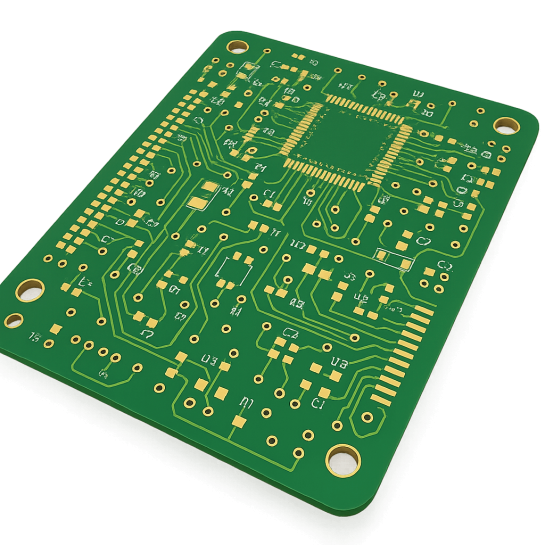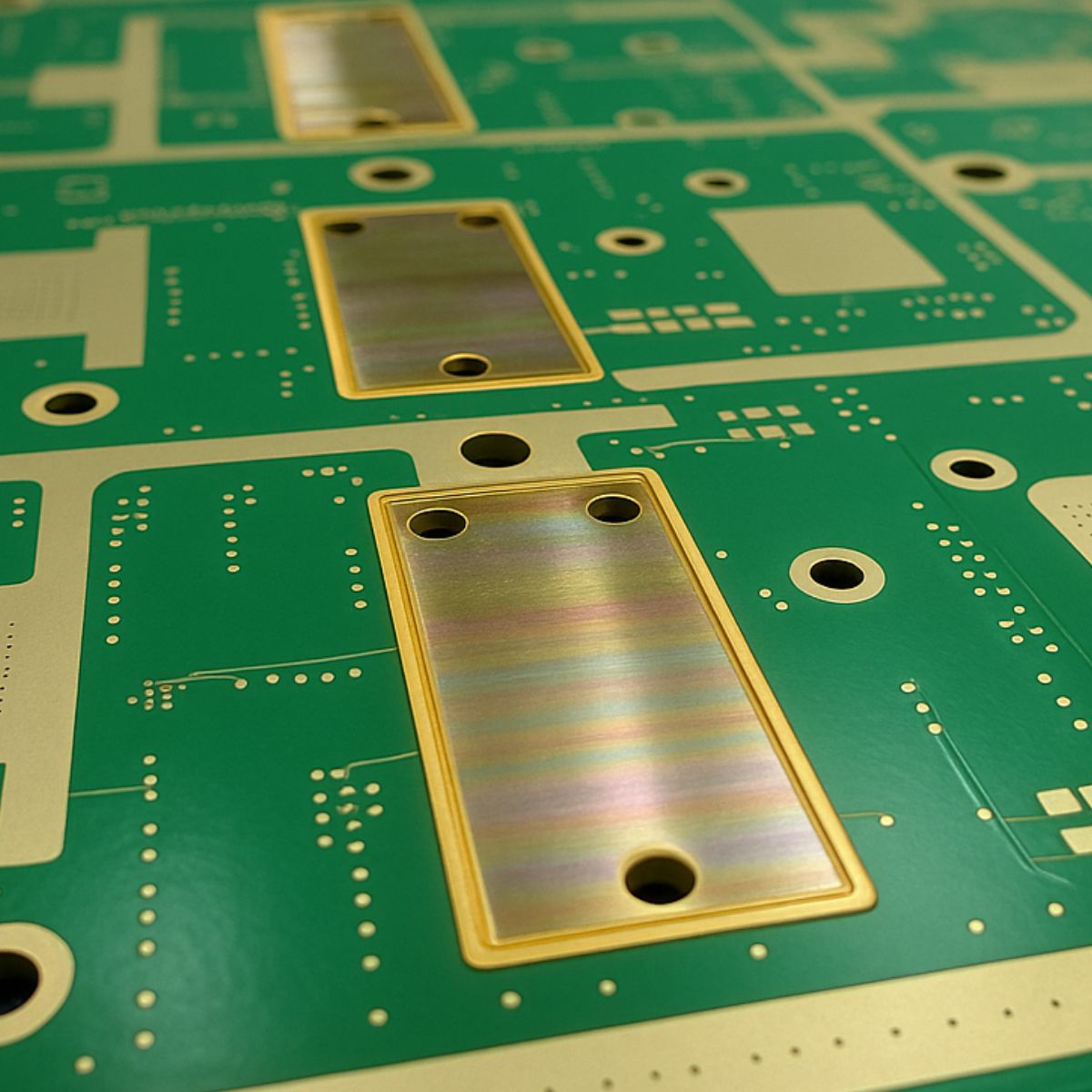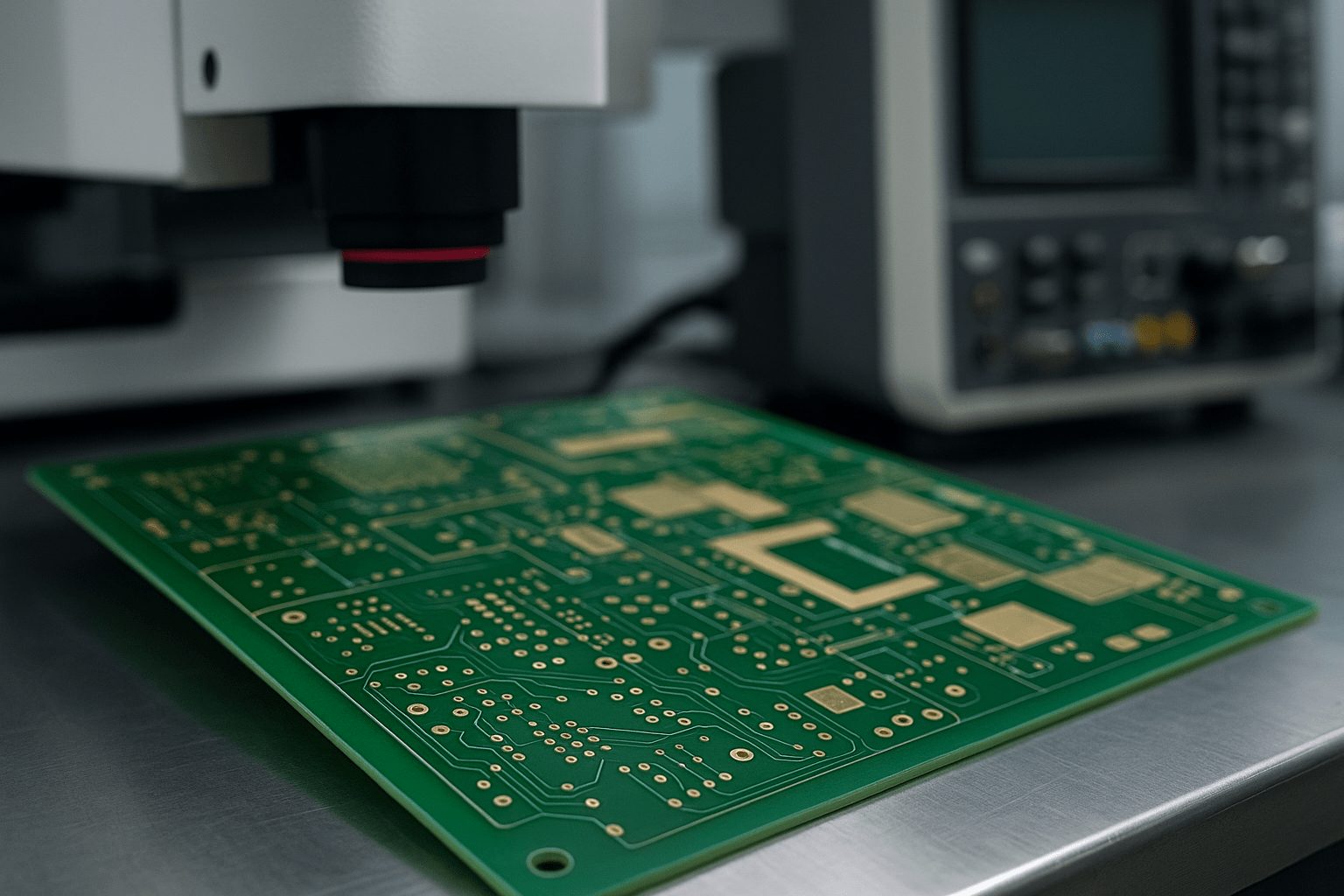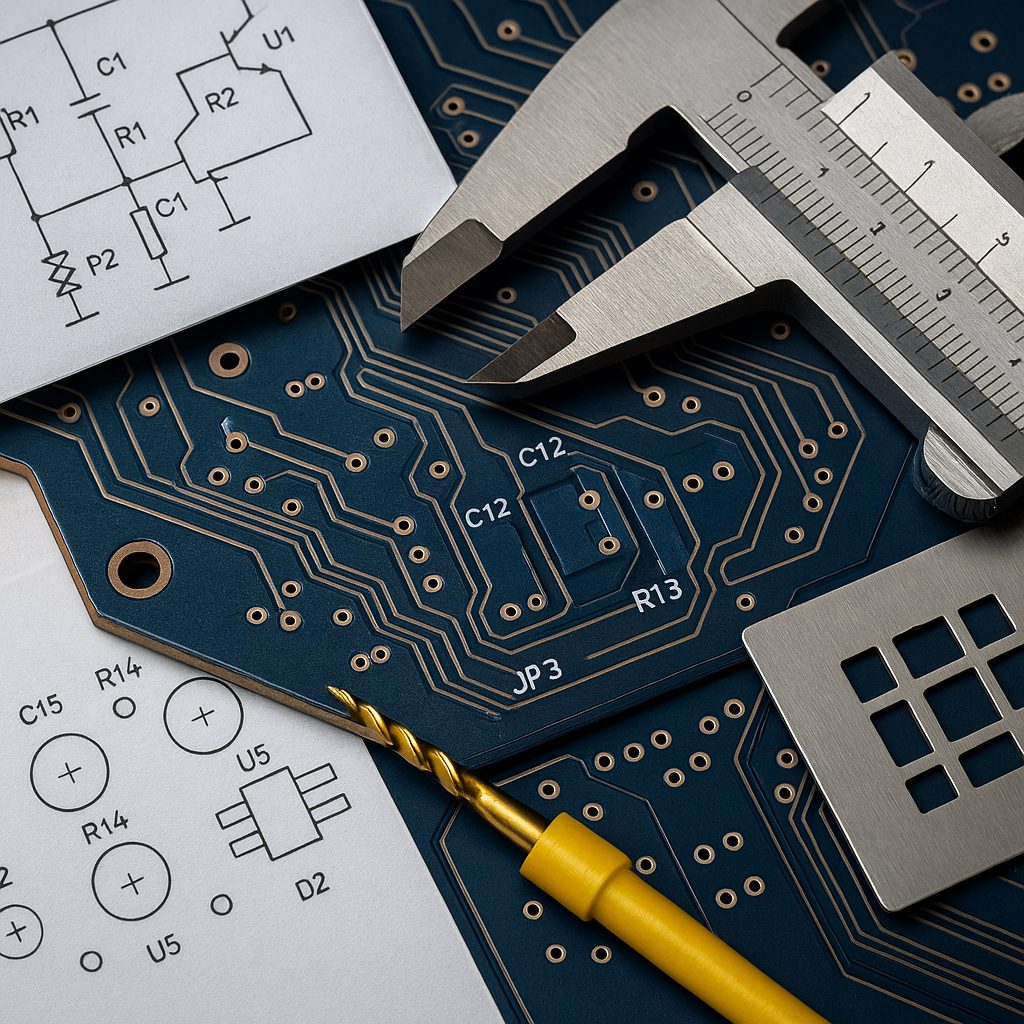Selecting an experienced and standards-compliant PCB manufacturing partner is essential for accelerating hardware development, validating design functionality, and preparing for full-scale production. Beyond fabrication turn-times, the right partner should adhere to IPC Class 2 or Class 3 standards, provide robust data exchange formats like IPC-2581, and offer DFM feedback to reduce risk and improve manufacturability.
Key Criteria for Selecting a Prototype PCB Manufacturer
1. Rapid Turnaround Time and NPI Readiness
In the prototyping phase, agility is extremely important. The ideal manufacturer partner should offer:
- Quick-turn lead times (24–72 hours) for 2–6 layer standard builds
- Expedited tooling and CAM processing aligned with IPC-6012 testing requirements
- Rapid NPI onboarding and direct engineering support
Prototyping success hinges on rapid iteration cycles to validate design assumptions, fine-tune component placement, and assess thermal or EMI behavior under real conditions.
2. Manufacturing Technology and Stackup Capability
Working in partnership with your fabricator is essential to meet emerging electrical and mechanical performance criteria. Look for:
- Experience fabricating rigid, flex, and rigid-flex PCBs
- Stackup assistance including laser-drilled microvias, sequential lamination, and via-in-pad structures
- Review of impedance-controlled traces
- Access to High-Tg and low-loss materials for RF, high-speed digital, and other product-specific applications
Also, ensure the fabricator supports your specific board size, laminate requirements, and material callouts.
3. Quality Assurance and IPC Certification
A qualified prototype manufacturer will meet or exceed the following certifications:
- IPC-6012: Qualification and performance specification for rigid PCBs
- IPC-A-600 and IPC-A-610: Acceptability criteria for board and assembly quality
- ITAR and ISO 9001:2015: Quality system certifications for traceability and compliance
Testing processes should include:
- Flying probe or fixture-based electrical testing
- Automated Optical Inspection (AOI)
- X-ray inspection for internal layers and via alignment
4. Design for Manufacturability (DFM) and Engineering Support
A strategic partner will offer robust DFM reviews to identify potential issues before fabrication begins:
- Design validation for drill tolerances, copper trace spacing, and via aspect ratios
- Impedance modeling support, especially for controlled-impedance traces in high-speed digital designs
- Thermal and mechanical feedback for component placement, PCB stiffener design, or cutouts
Early-stage collaboration with the manufacturer improves first-pass yield and minimizes design re-spins.
5. Cost Structure and Scalability Alignment
Prototypes often incur higher per-unit costs, but manufacturers with a clear path to production offer better lifecycle value:
- Transparent pricing models for panelization, setup fees, and quick-turn surcharges
- Stencil and tooling options for SMT reflow or hybrid assemblies
- Volume production services, including quoting for low- to mid-scale builds
Selecting a manufacturer with domestic prototyping and offshore volume capabilities helps maintain design control while optimizing total cost of ownership.
Final Thoughts
Choosing the right prototype PCB manufacturer requires balancing speed, technical capability, standards compliance, and future scalability. Manufacturers that meet IPC certification standards, provide intelligent fabrication inputs, and support advanced PCB technologies reduce NPI risks and accelerate time-to-market. A well-matched partner becomes a strategic asset throughout the full product development lifecycle.



